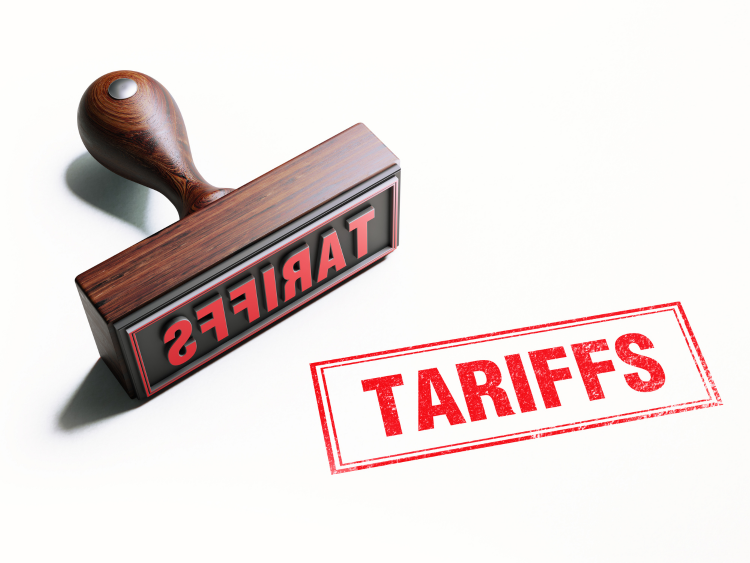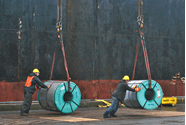Steel Markets

Latin America's steel industry grapples with declining demand, rising imports
Written by Laura Miller
November 21, 2024
With climbing imports and falling consumption, the Latin American steel industry has had a challenging 2024, according to an Alacero report.
The São Paulo-based steel trade association said apparent consumption in the region grew 6.4% year over year (y/y) to 73.7 million metric tons (mt) in 2023. But this year, consumption will fall back by 2.7% to 71.8 million mt, according to its “Latin America in figures” report for 2024.
Globally, consumption of rolled steel products is expected to decline by 1% this year. But Latin America will see a steeper decline, with demand falling 2.7% to 71.751 million mt.
At the start of 2024, the region’s steel production had been expected to stabilize this year. But now Alacero believes output will show a 3.6% y/y decline to 56.3 million mt for the year.
Meanwhile, steel imports into the region are increasing. After surging 14.3% y/y last year, they are expected to grow by another 3.2% this year, said Alacero.
It added that imports could account for 40% of the region’s total steel consumption by the end of 2025. Over 90% would be sourced from outside Latin America.
Alarmingly, Alacero also anticipates imports from China alone will show a 14% y/y rise to 11.6 million mt this year.
In the face of rising imports and falling consumption, trade defense has become a top priority for the sector this year, especially considering the increasingly competitive global steel market.
‘External purchases continue to threaten the Latin American industry, given that products arrive in the region at below-market prices (dumping), sent by countries with non-market economies which subsidize steel production and provide financial support outside the WTO and its industrial alignments,” Alacero stated in the report.
Amid rising environmental relations, decarbonization has become another top priority. The sector must adapt to more regulations and a more environmentally conscious environment, Alacero said.
Adding to these challenges, Alacero said high production costs and insufficient structural reforms are hindering growth and modernization in the region.
Mexico & Brazil
Alacero said Brazil and Mexico, the largest markets in Latin America, are showing more resilience than others.
Other countries are more vulnerable to fluctuations in the global market as they remain heavily reliant on raw material exports, according to the report.
In Mexico, flat-rolled steel production and exports will be lower this year, while imports will rise by 3.5%. This means rolled steel consumption in Mexico will likely show a 5.0% y/y decline to 27.575 million mt, Alacero said.
Meanwhile, in Brazil, production, imports, and exports of rolled steel products are all expected to grow this year, resulting in a 1% rise in consumption to 24.225 million mt.

Laura Miller
Read more from Laura MillerLatest in Steel Markets

CMC looks beyond Arizona micro-mill woes to long-term viability of construction mart
Despite the economic and geopolitical upheaval of the last five years, CMC President and CEO Peter Matt points out that the construction market has been an essential element of the way forward.

US importers face stricter rules under revamped S232 tariffs
“CBP expects full compliance from the trade community for accurate reporting and payment of the additional duties. CBP will take enforcement action on non-compliance," the agency said in a March 7 bulletin.

Steel exports rebound in January
US steel exports recovered to a five-month high in January after having fallen to a two-year low in December. This growth follows four consecutive months of declining exports.

Construction spending drops marginally in January
Construction spending edged down slightly in January, slipping for the first time in four months. The US Census Bureau estimated spending at a seasonally adjusted annual rate of $2,196 billion in January, down 0.2% from December’s downward revised rate. The January figure is 3.3% higher than a year ago. January’s result, despite the slight erosion, […]

HVAC equipment shipments slow in December but strong annually
Shipments of heating and cooling equipment in the US fell to an 11-month low in December, according to the latest data released by the Air-Conditioning, Heating, and Refrigeration Institute (AHRI).
